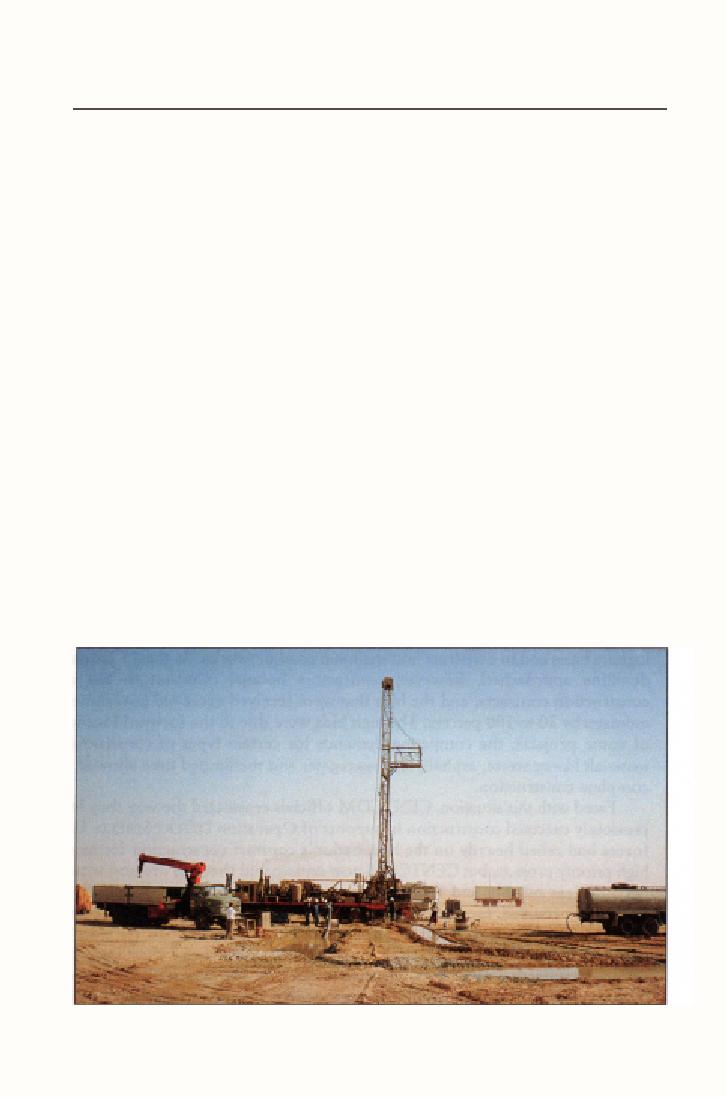
Construction Contracts
135
during the ground war were placed in support of VII Corps. The active
component detachments worked under the 20th Engineer Brigade supporting
the XVIII Airborne Corps. Three of the four detachments drilled for water at
life support area C (Bastogne). When that effort failed, one of reserve units, the
865th Engineer Detachment (Well Drilling), attempted to drill two wells at life
support area F (Pulaski). The first attempt failed but the second produced
water. The 865th Engineer Detachment drilled the only new well in the theater,
but by the time the well was complete, U.S. forces had moved out of the area.49
The U.S. Air Force and the Marine Corps were more successful than the
Army Army well drilling, oriented as it was toward Europe, worked poorly in
the desert. If Saudi Arabia had not already had some wells, the U.S. military
would have had difficulty. Lieutenant Colonel Van Sickle observed the Army's
well drilling program was "broke." The Army well drilling detachments were
neither equipped nor trained to succeed in the desert. Their equipment was new
but inadequate, and the units had not been trained in drilling deep wells. Army
well drilling rigs were designed to drill 600 feet. This capacity was adequate in
Germany, but not in the deserts of Saudi Arabia where the water tables were
more than 1,500 feet below ground. The Army had not brought its water well
completion kit tools and had to purchase a kit to give the 600-foot rig a 1,500-
foot capability. Contractor equipment, which could drill 5,000 feet, Van Sickle
observed, made the Army rigs look like "tinker toys." Constructing these deep
wells with existing Army equipment took more than 60 days, and soldiers could
not wait that long for water.50
A contractor drills for water in the Saudi Arabian desert.



 Previous Page
Previous Page
